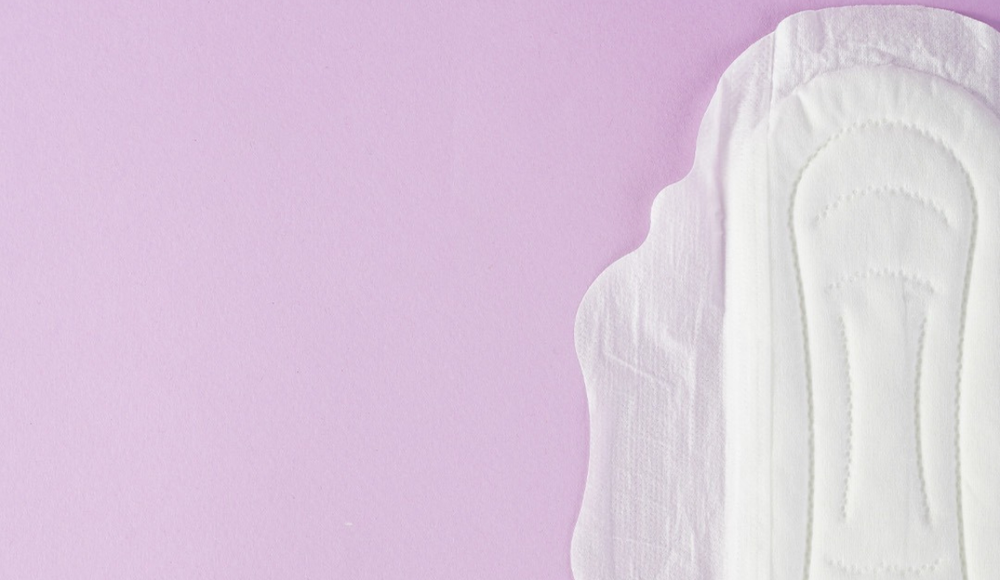
The importance of choosing the right sanitary pad
27/07/2025
The significance of choosing the appropriate sanitary pad
Impact on health and comfort
Choosing the right sanitary pad isn't just about preference; it directly affects your health and comfort. An ill-fitting pad can lead to discomfort, rashes, and even infections. For instance, using pads with added fragrances may cause irritation for some individuals.
Top health tips include:
- Opt for breathable materials.
- Choose pads with appropriate absorbency levels.
- Comfort significantly enhances your menstrual experience, allowing you to go about your day without worry.
Understanding the composition of sanitary pads
Ingredients used in sanitary pads
Now that you recognize the significance of selecting the right sanitary pad, let’s dig deeper into what they’re made of. Many pads are crafted from a mix of materials, including:
Cotton: Often used for the top layer, providing comfort.
Polymer absorbents: These absorb moisture and keep you dry.
Plastic backing: Helps prevent leaks but can cause discomfort.
It's crucial to check the labels to understand what’s inside the pads you choose.
Potential health risks of certain materials
While many pads are designed for comfort, some ingredients may pose health risks. For example, pads with synthetic fragrances or bleach can lead to irritations.
Important considerations include:
Allergens: Some people may react adversely to certain materials.
Chemicals: Exposure to pesticides on cotton can be a concern.
Choosing natural, organic options can minimize these risks and promote a healthier menstrual experience. Remember, your body deserves the best!
Read More: The importance of using sterile pads for women's health
Factors to consider when selecting a sanitary pad
Absorbency levels
Having understood the composition of sanitary pads, it’s essential to consider various factors when selecting one that best suits your needs. First and foremost is absorbency levels. Different pads offer varying absorbency, which is crucial based on your flow:
Light flow: Choose thin pads or panty liners.
Moderate flow: Opt for regular pads.
Heavy flow: Look for pads labeled "super" or “overnight.”
Choosing the right absorbency can significantly enhance your comfort and confidence during your period.
Size and shape variations
Next, size and shape variations play a critical role in how well a pad fits your body. While some pads may be wider or longer, others offer contoured shapes.
Consider:
Length: A longer pad provides extra coverage, especially overnight.
Wings: Pads with wings help secure the pad in place and prevent leaks.
Each individual’s anatomy is different, so experimenting with size can lead to a better fit.
Allergen considerations
Lastly, allergen considerations are paramount for sensitive skin. Pads with chemical additives or synthetic materials may cause irritation for some individuals.
To prevent issues:
Look for hypoallergenic options: These are designed for sensitive skin.
Check labels: Choose organic cotton pads when possible to minimize exposure to harmful substances.
Taking these factors into account will ultimately lead to a more comfortable and healthy menstrual experience. Remember, understanding your unique needs is key!